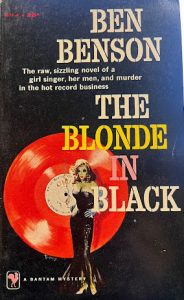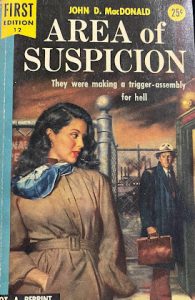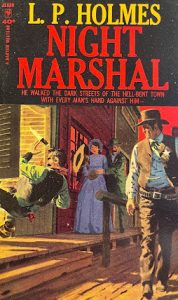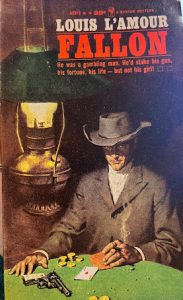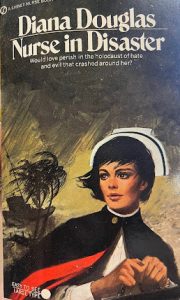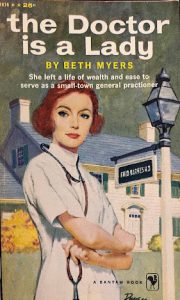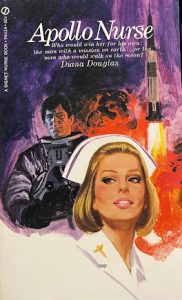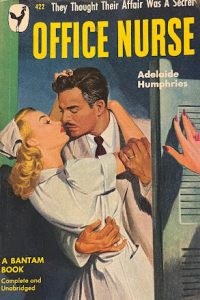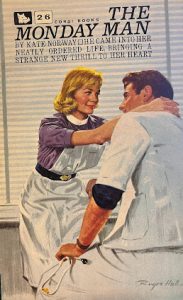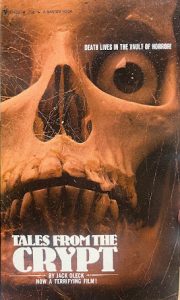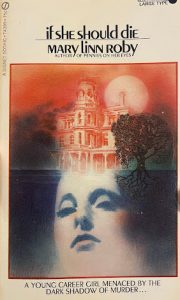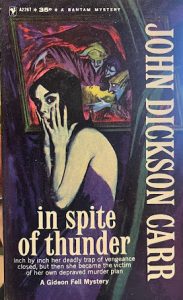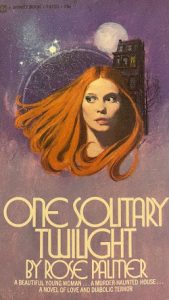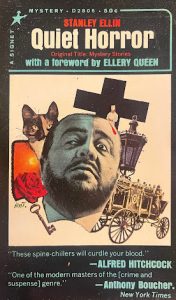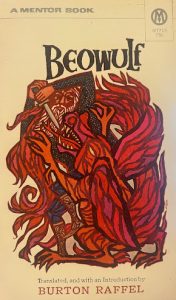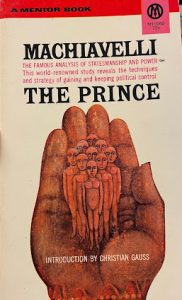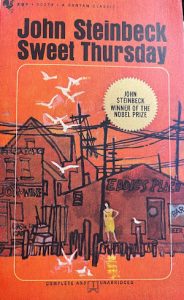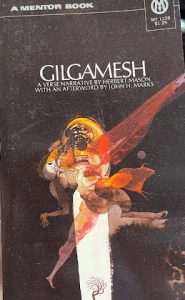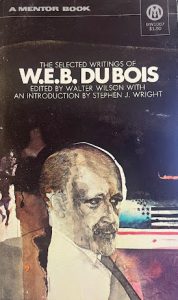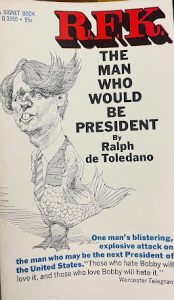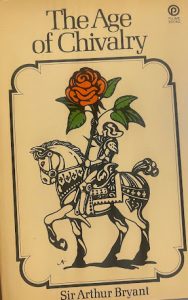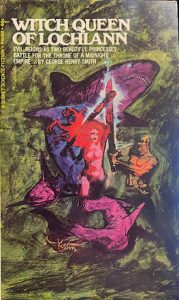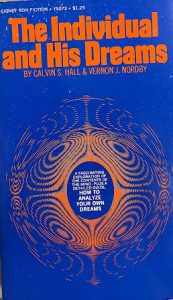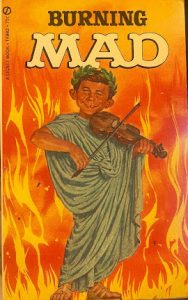Sidney Kramer was a major figure in the 20th-century publishing world, a literary agent and a founder of Bantam Books, an early paperback company that flourished during WWII. Bantam Books reprinted hardbacks and out-of-print titles at cheap prices and its line of classics, including pocket editions of Shakespeare, made the firm a leader in mass-market paperbacks. Bantam also published children’s and YA series, including the ‘Choose Your Own Adventure’ series, adaptations of comics and TV shows, like Star Trek, and a range of genre and ‘down market’ fiction, including mystery, noir, science fiction, westerns, and romance novels. At the same time, Bantam was an important launching point for many important novelists, such as Maya Angelou, Isaac Asimov, and Ray Bradbury. With his wife Esther, Kramer owned The Remarkable Bookshop, in Westport CT, where he gained some notoriety for refusing to sell Nixon’s biography, calling him “a rascal.” (Bantam Books was the publisher of the Pentagon Papers in 1971). Below is a guest post from Columbia graduate student Sam Higgins, who recently processed the thousands of paperback books that came to Columbia RBML over two decades ago. She describes the range of genres that make up this remarkable collection of 20th-century paperbacks, which will be made available as part of the Sidney Kramer papers.
***
Sidney Kramer’s mass-market paperbacks
by Sam Higgins
From the pin-up pulp art gracing 1950s detective novels to the psychedelic, kaleidoscopic style of 70s sci-fi novels, the Sidney Kramer collection stands as an impressive catalog of mid-20th-century paperbacks. The covers of these books showcase the aesthetic change and development of popular art designs from the 1930s to the 1970s, revealing social and political interests that captivated readers at the time. The collection includes gritty depictions of the “Wild West” frontier as well as fictional and biographical depictions of World War I and II, recalling the reading public’s recent memory of warfare and playing on Cold War fears. Portrayals of nurses and female doctors in an assortment of romance novels highlight women’s participation in the workforce while both reinforcing and occasionally subverting traditional gender roles. The risque art from covers of detective, mystery, western, and sex-comedy paperbacks forecast the sexual revolution of the 60s and 70s. From the same period, there is a medley of paperbacks geared toward the growing public interest in new-wave psychology, astrology, and preternatural phenomena. The Kramer collection extends beyond these genres and houses childcare guidebooks, gothic mysteries, reimaginings of classic novels, political history, and biographies. For the rest of this piece, I compile and examine the most prominent genres of the collection, with a particular focus on their social, cultural, or literary significance.
Detective/Mystery
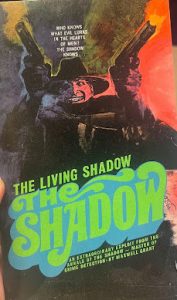 By far, the most prolific genre of the Kramer collection is the mass of detective and mystery pulp novels. As mentioned before, these novels take a strong influence from pin-up girl art, evidenced by sultry femme fatales often found on the covers. During the mid-20th century, these novels diverged from a sanitized depiction of law and order, with moralistic heroes and heroines, and instead immersed the reader into a world of underworld crime, urban pessimism, and questionable ethics. The covers show male protagonists sulking and brooding in urban landscapes with a seductress displayed in the foreground. Exploitation, objectification, and violence against women are prominent in these novels and imply a cultural apprehension toward and obsession with sexually promiscuous and independent women. These novels and their cover art illustrate a jaded post-WWII world, where political and social corruption was imagined to fester in the urban regions of the United States. This sentiment against morally ambiguous cities reflects on the real-life creation of the suburbs during the 1940s and the subsequent increasing fear of urban crime.
By far, the most prolific genre of the Kramer collection is the mass of detective and mystery pulp novels. As mentioned before, these novels take a strong influence from pin-up girl art, evidenced by sultry femme fatales often found on the covers. During the mid-20th century, these novels diverged from a sanitized depiction of law and order, with moralistic heroes and heroines, and instead immersed the reader into a world of underworld crime, urban pessimism, and questionable ethics. The covers show male protagonists sulking and brooding in urban landscapes with a seductress displayed in the foreground. Exploitation, objectification, and violence against women are prominent in these novels and imply a cultural apprehension toward and obsession with sexually promiscuous and independent women. These novels and their cover art illustrate a jaded post-WWII world, where political and social corruption was imagined to fester in the urban regions of the United States. This sentiment against morally ambiguous cities reflects on the real-life creation of the suburbs during the 1940s and the subsequent increasing fear of urban crime.
Westerns

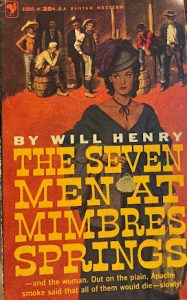
In the Kramer collection, Western paperbacks rank a close second in number to detective/mystery novels, but share a masculine aesthetic. Here, masculinity, hardened by adversity, stems from survival, either through battling natural environments, other settlers, or, more sinisterly, the natives of the land. A violent version of masculinity flourishes on these covers, emphasizing the grit and brutality of westward expansion. The cover art often displays men engaging in brutality through shootouts and fistfighters, with the protagonist typically depicted as a heroic gunslinger defending a frontier town. Women appear far less on these covers, and when they do, are often frontier housewives upholding the homestead or implied to be prostitutes. The 20th-century mass market paperback perpetuated the mythologization of the United States’ brute power and strength and, ultimately, the nationalist imperialism of Manifest Destiny.
Nurse/Romance
Unlike the previous two genres, the nurse/romance paperbacks center around female protagonists and occupy a significant portion of the collection. Nurse novels represent a fascinating genre meld of romance and career; however, they often present the dichotomy as a problem that requires a choice between the two for the protagonist—a tension made explicit on many of the covers. These paperbacks are generally written by women (or at least the pen names suggest they are) for women, accentuating the professional capability of working women, albeit in a position still constrained by gender expectations. The covers frequently portray relationships with men that intrude on the nurse or doctor’s career, either with the man being another doctor, coworker, or patient. The artwork of the novels sometimes the independent prowess of the female protagonist while at others suggests a loving relationship that stands as an obstacle to her professional ambitions. Although these novels play into gendered roles, this strain of mass market paperbacks nevertheless tracks the influx of women into the professional world in the second quarter of the 20th century.
Gothic Mystery/Horror
While not as abundant as the previous genres, the gothic mystery and horror paperbacks capture the explosion of interest in horror media from the late ‘50s to early ‘70s. These paperback covers offer an important glimpse into how horror pulp imagery prominent in 70s-80s horror fiction made its way into mainstream publishing houses. Seemingly taking influence from Hammer Horror productions, famously Dracula films and The Mummy (1959), which feature archetypal damsels haunted by supernatural forces in a gothic mansion or environment. These gothic horror paperbacks have a strong aesthetic emphasis on gothic, romantic literature. Similarly, the collection includes various horror anthologies and marks a rise in popularity for weird horror fiction in the ‘60s and ‘70s. The covers of horror novels and anthologies present more idiosyncratic, bizarre, and delightfully creepy artwork, significantly diverging from the other art seen in the collection.
Re-imaginings of Classic Novels
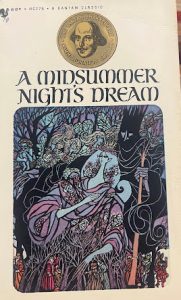 Beyond 20th-century speculative fiction, the collection holds a good number of classic novels—their covers altered with a modern flair. From the ancient to the medieval to 19th-century stories, the covers are adapted with abstract bodies and figures, surrealist imagery, and pop art styles. These covers reinvigorate classic novels with new designs, and they suggest the durability of ‘canonical’ titles in a new world of mass market paperback popular culture. More than rebranding, the mid-20th century art styles encouraged modern audiences to explore literary history through visually exciting and culturally relevant art.
Beyond 20th-century speculative fiction, the collection holds a good number of classic novels—their covers altered with a modern flair. From the ancient to the medieval to 19th-century stories, the covers are adapted with abstract bodies and figures, surrealist imagery, and pop art styles. These covers reinvigorate classic novels with new designs, and they suggest the durability of ‘canonical’ titles in a new world of mass market paperback popular culture. More than rebranding, the mid-20th century art styles encouraged modern audiences to explore literary history through visually exciting and culturally relevant art.
The Political, Historical, & Biographical
Political, historical, and biographical paperbacks are the smallest category represented in the vast Kramer paperback collection, however, they indicate a range of current social and political and track concerns about politicians, WWII, the Cold War, history, and public figures. The cover art on these paperbacks showcases social critiques of politicians, events, and political figures, portraying their subjects with exaggerated or politically pertinent iconography. The paperbacks’ attention to past subjects also highlights 20th-century thought, unveiling how the public implicitly understood or associated with a specific topic.
Sci-Fi & Fantasy
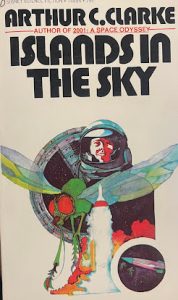
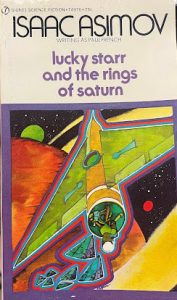 A large majority of the sci-fi and fantasy cover art brings to light the popular psychedelic art of the ‘60s to ‘70s. More often than others, these paperbacks are multi-colored and designed in a kaleidoscopic manner. Distorted alien-humanoid or mystical figures adorn these covers and defy typical biology, physics, and artistic rules. Experimenting with abstract and expressionist art styles on the sci-fi and fantasy covers demonstrates a social urgency to deviate from artistic norms and literature conventions. The fantasy paperbacks engage a sense of awe and whimsy not found in other paperbacks, one that manipulates and elevates stories commonly seen as juvenile to a new level, allowing adults to find a world to play in. Moreover, the popularity of futurism in literature and art reflects societal progressiveness and a desire to understand and better the future.
A large majority of the sci-fi and fantasy cover art brings to light the popular psychedelic art of the ‘60s to ‘70s. More often than others, these paperbacks are multi-colored and designed in a kaleidoscopic manner. Distorted alien-humanoid or mystical figures adorn these covers and defy typical biology, physics, and artistic rules. Experimenting with abstract and expressionist art styles on the sci-fi and fantasy covers demonstrates a social urgency to deviate from artistic norms and literature conventions. The fantasy paperbacks engage a sense of awe and whimsy not found in other paperbacks, one that manipulates and elevates stories commonly seen as juvenile to a new level, allowing adults to find a world to play in. Moreover, the popularity of futurism in literature and art reflects societal progressiveness and a desire to understand and better the future.
A New Wave of Thought
Toward the end of the mid-20th century, social movements energized free-thinking, sexually liberated, socially conscious, and more open-minded worldviews– all of which made it onto the mass market paperback covers. Fervent interest in new-wave self-help and psychology shared space with astrology and other preternatural topics. The Kramer collection also contains a few risque sex comedies, with covers that dip into socially innovative and transgressive modes of thought. However, much of this humor did not age well. However, overall, the paperbacks are evidence that mid-20th century mass market printing was a vibrant arena for social and political experimentation.
